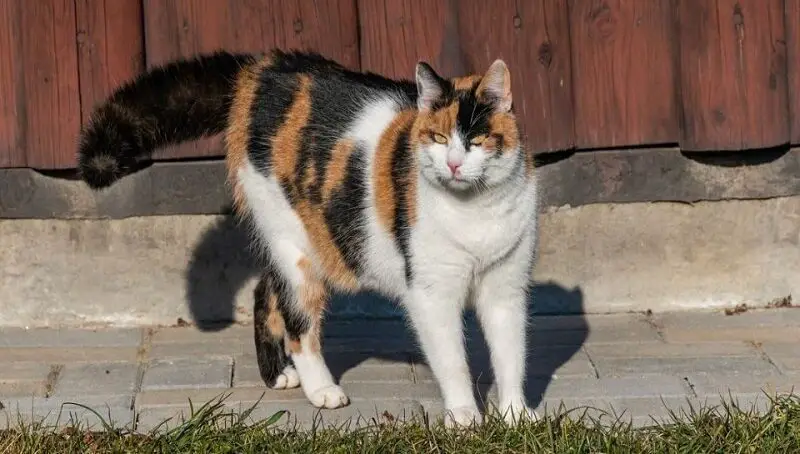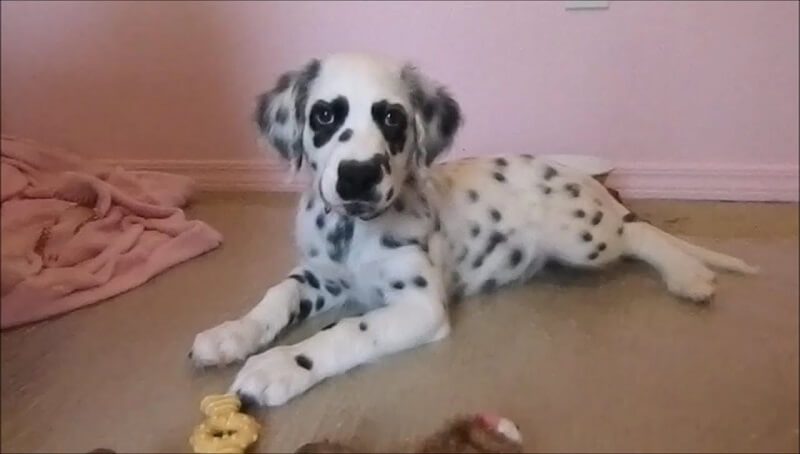Calico cats are very popular among pet owners and breeders, mostly for their distinctive and very beautiful coats. When talking to someone that has raised calico cats before, you will hear all kinds of myths, rumors, and interesting facts, like how calicos are always female, how they have a very interesting personality, and so forth. The problem is that you can’t just guide your life and actions on things you aren’t certain are true once you decide to get a cat of this breed. This is why it is very important to understand this breed, its traits, and the most common health issues.
Regardless of whether you want to buy a Calico cat or you already own one, it is best to know all of the ins and outs of the breed. So what are the most common health problems you will have to deal with when owning a Calico?
Calico-cat health problems to know of
Before I get right to the subject at hand, it is very important to explain that yet again, Calico isn’t a breed per-se, but a fur coloring pattern in cats. Calicos are basically the tri-color coats in cats, as the ASPCA Health Insurance perfectly puts it, often incorporating black, orange, and white. There are also some other variations of the coat, like brown, cream, and even reddish.
You might also like my articles on other cats, like the Tortoiseshell, the Orange Tabby, or the Flame Point Siamese.
Since Calico isn’t a breed in the right sense of the word, there aren’t health issues that would affect these types of cats. An important exception would be Klinefelter’s Syndrome.
The X chromosome is related to the coloring that makes up Calico. To be a Calico, a cat will need to have two X chromosomes. Male cats have XY chromosomes instead of XX and only females have both chromosomes X, which is why most Calicos are, in fact, female.
There are also a few cats born with an XXY chromosome structure, having an extra X chromosome. Although these cats are male, they will be Calicos, because they have the two needed X chromosomes just like females do. This very rare extra chromosome can also be the root of Klinefelter’s Syndrome.
When affected by Klinefelter’s Syndrome, cats will usually experience a number of health issues, like joint pain and diabetes due to higher body-fat content, broken bones due to reduced bone strength, behavioral problems, cognitive problems, and so on. These cats will also need special care to address these issues and some will even have a very short lifespan.
What is the life expectancy of Calico cats?
Considering that Calicos aren’t an individual breed, their lifespan will be normal, connected to the actual breed of the cat and her way of life. According to the ASPCA Pet Health Insurance website, you will probably get to enjoy quite a few years with this cat around you, as they can live to be 15 years old or even older.
How to take care of your Calico cat
 As I said before, Calicos aren’t really a specific breed, which means they don’t have any specific needs either. You will have to take care of these cats in the same way you’d do it for other domestic felines.
As I said before, Calicos aren’t really a specific breed, which means they don’t have any specific needs either. You will have to take care of these cats in the same way you’d do it for other domestic felines.
One of the most important steps in ensuring you offer your cat the best possible care and attend to all of her health-related needs is to keep in touch with a veterinarian. Even if your cat seems healthy, schedule visits to the vet periodically so that the professional can see your pet in person and check her for any possible health problems. These visits should be scheduled at least once per year as they are a great way for the vet to spot possible emerging health problems before they get to the point where they can put your pet’s life in danger.
An older cat will require more frequent visits than a young, healthy one. This is because an aging pet is more prone to developing age-related health problems.
While getting in touch with your vet periodically, they will also keep your cat’s weight in check. This is because obesity is one of the most common conditions affecting the life of cats and it can lead to all kinds of serious issues like heart issues and bone and joint-related problems. As soon as the vet notices something out of the ordinary, they will be able to recommend the necessary lifestyle and dietary changes to help your pet get back on track and stay healthy.
Providing vet care to your cat won’t be enough to ensure a long and healthy life. There are other things you should consider doing like keeping her entertained and active through play sessions and exercise. Quality food and proper monitoring of the pet’s weight are also important parts of keeping her healthy.




